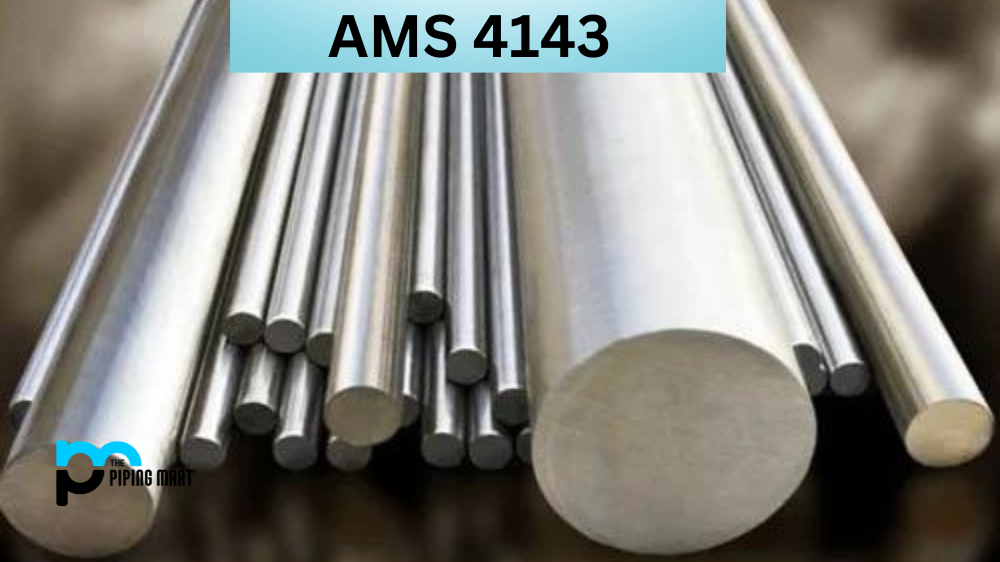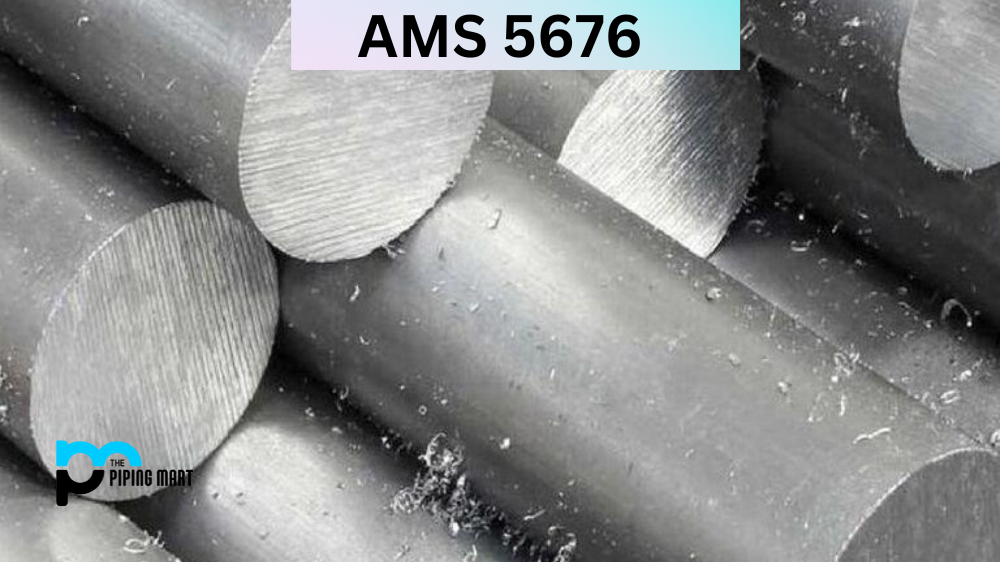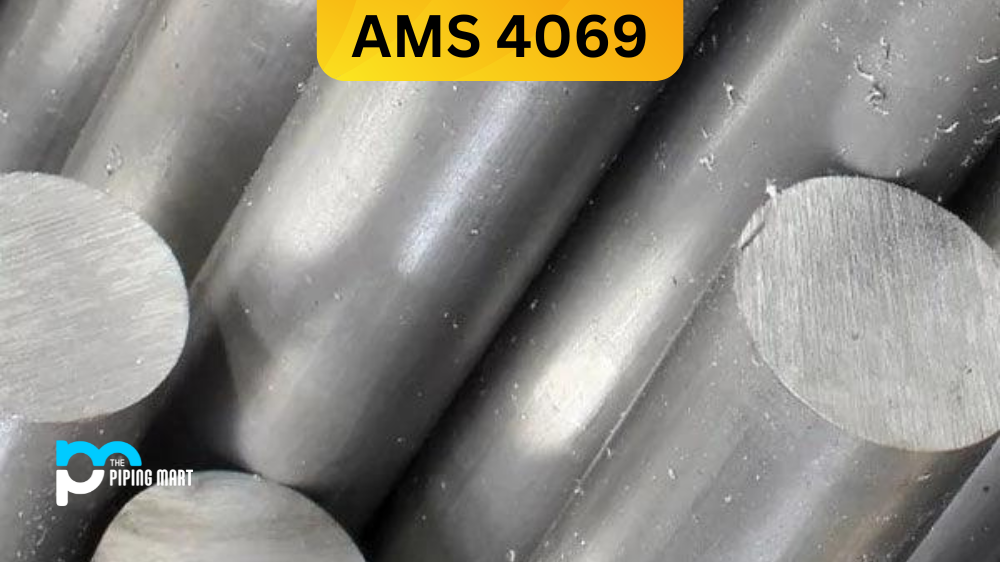AMS 4143 is a high-performance steel alloy that finds applications in the aerospace and defence industries. It is characterized by its excellent strength, toughness, and favourable corrosion and heat resistance. This blog post will delve deeper into this fascinating material, exploring its composition, physical and mechanical properties, uses and heat treatment.
What is AMS 4143?
AMS 4143 ( also known as Aluminium 2219 Alloy) is a specification for high-strength aluminium alloy plates commonly used in aerospace applications. This material is known for its superior strength, toughness, and corrosion resistance, making it ideal for structural components and other critical parts. Engineers and designers rely on AMS 4143 to meet stringent performance specifications while reducing weight and enhancing fuel efficiency in aircraft and other advanced systems. Whether working on a commercial airliner, a military aircraft, or a space vehicle, AMS4143 is a versatile and reliable material that can help you meet your most demanding engineering challenges.
What Form Is AMS 4143 Available at Piping Mart?
AMS 4143 Composition
AMS 4143 is a low-alloy steel containing chromium, molybdenum, vanadium, carbon, manganese, and silicon. The precise composition varies depending on the manufacturer but typically falls within the following ranges: carbon (0.15-0.22%), manganese (0.60-0.95%), silicon (0.20-0.35%), chromium (1.00-1.45%), molybdenum (0.40-0.65%), vanadium (0.07-0.13%), and sulfur (0.025% max) and phosphorus (0.025% max).
| Element | Content (%) |
|---|---|
| Aluminum, Al | 93 |
| Copper, Cu | 6.3 |
| Manganese, Mn | 0.3 |
| Zirconium, Zr | 0.18 |
| Vanadium, V | 0.10 |
| Titanium, Ti | 0.06 |
AMS 4143 Physical Properties
AMS 4143 has a density of 7.85g/cm³ and a melting point of approximately 1380°C. Its coefficient of thermal expansion is 13.6 µm/m°C, and its thermal conductivity is 37.3 W/m.K. Additionally, this material exhibits excellent resistance to oxidation and sulfidation, making it ideal for high-temperature applications.
| Properties | Metric | Imperial |
|---|---|---|
| Density | 2.6-2.8 g/cm3 | 0.0939- 0.101 lb/in3 |
| Melting point | 510°C | 950°F |
AMS 4143 Mechanical Properties
AMS 4143’s strength, flexibility, and toughness make it ideal for structural and mechanical applications. In the normalized and tempered condition, it has a minimum tensile strength of 862 MPa, yield strength of 690 MPa and elongation of 13%. Additionally, it has excellent fracture toughness with KIc values ranging from 54-81 MPa m1/2, even at low temperatures.
| Properties | Metric | Imperial |
|---|---|---|
| Tensile strength | 170 MPa | 24656 ksi |
| Yield strength | 76 MPa | 1022 ksi |
| Fatigue strength | 105 MPa | 15229 |
| Elastic modulus | 70-80 GPa | 10153-11603 ksi |
| Poisson’s ratio | 0.33 | 0.33 |
| Elongation | 18% | 18% |
AMS 4143 Equivalent
| AMS 4066 | ASTM B211 | ASTM B247 | MIL A-46808 | QQ A-367 |
| AMS 4068 | ASTM B221 | ASTM B316 | MIL A-8920 | QQ A-430 |
| ASTM B209 | ASTM B241 | MIL A-46118 | QQ A-250\30 | SAE J454 |
AMS 4143 Uses
AMS 4143 finds applications primarily in aerospace and defence industries, where its combination of high strength, toughness and corrosion resistance is highly valued. It manufactures various components, including gears, shafts, and structural members. Additionally, it has found a place in the oil and gas industry in downhole drilling components.
AMS 4143 Heat treatment
AMS 4143 is typically heat treated by normalizing, normalizing, and tempering. The process consists of heating the material to 900-950°C, holding it at that temperature for a specified period of time, and then cooling it in still air. Tempering is typically performed at 540-650°C; the exact parameters depend on the specific application.
Conclusion
AMS 4143 material is a fascinating steel alloy that combines high strength, toughness and corrosion resistance. It’s chemical composition, physical and mechanical properties, uses, and heat treatment make it a material of choice for high-performance applications. By understanding its unique characteristics, engineers can design better components that address the requirements of demanding industries, such as aerospace and defence.

A passionate metal industry expert and blogger. With over 5 years of experience in the field, Palak brings a wealth of knowledge and insight to her writing. Whether discussing the latest trends in the metal industry or sharing tips, she is dedicated to helping others succeed in the metal industry.




